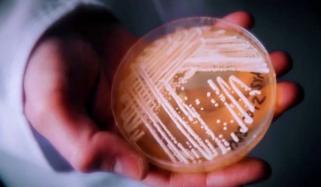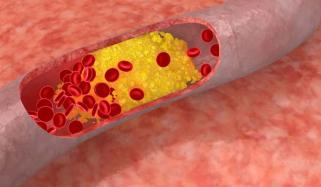
The U.S. Food and Drug Administration officially approved new colour additives, offering a variety of safe and natural colour options to manufacturers to use in food.
The approvals are in line with the U.S. Department of Health and Human Services Secretary Robert F. Kennedy Jr.'s priority of discontinuing petroleum-based dyes in the national food supply.
Last month’s revelation from HHS and FDA about the phase-out of petroleum-based food dyes has led to a raised commitment from U.S. food manufacturers.
They have committed to removing these dyes by the FDA deadline of the end of 2026.
Which food colours have been approved by FDA?
FDA has approved the following colour additives:
Galdieria extract blue:
It is made up of the unicellular red algae Galdieria sulphuraria.
It can be used in nonalcoholic beverages and beverage bases, candies, ice creams, yoghurts, and creamers.
Butterfly pea flower extract:
It is extracted through the water extraction of the dried flower petals of the butterfly pea plant, which can be used in a wide range of alcoholic and nonalcoholic beverages, candies, ice creams, and snacks.
Calcium phosphate:
It can be used in ready-to-eat chicken products, doughnuts, and more
To note, a French company, Fermentalg, St. Louis-based Sensient Colors, and Innophos of Cranbury, New Jersey, have received approvals for the above-mentioned colour additives.















